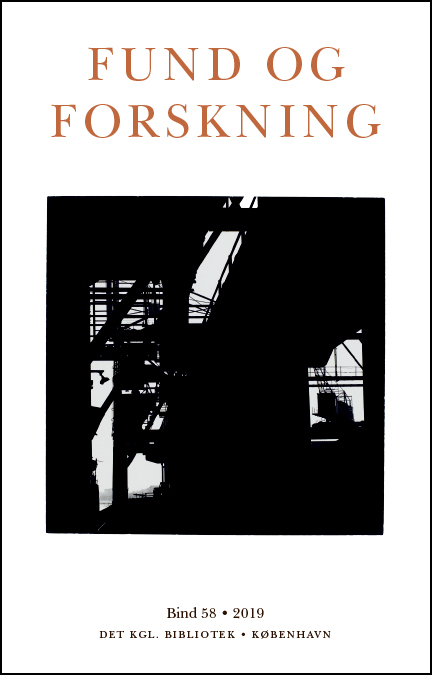Voksende Samlinger. Om at skabe, arkivere og forske i folkloristiske optegnelser
DOI:
https://doi.org/10.7146/fof.v58i0.125302Resumé
Lene Vinther Andersen: Growing Collections: Recording, Archiving and Researching early Danish Folklore
The article gives an introduction to the original main collection of the Danish Folklore Archives, entitled Voksende Samlinger (Growing Collections). Growing Collections is an abundant collection of records on folklore and immaterial culture with a focus on the 19th century. Yet the material can appear complicated to understand, fragmented and difficult to use for archive users who are not already familiar with the field and its history.
The article examines the cataloguing principles and working methods of the Growing Collections, as well as the visions and ideas on which they are based. It is the ambition of the article to give readers insights into the possibilities and limitations of the Growing Collections, and to encourage readers to use the collection for their own research.
A review of the cataloguing structure of the Growing Collections reveals that the records are systematically divided into a number of subject categories following a system devised by Svend Grundtvig in 1861. This systematization is associated with a fundamental conception of folklore as being a source to access a distant past. A close reading of the instructions and articles intended for potential folklore collectors gives an idea of how the researchers of the archives tried to control the form and content of the records created for the archives. Their goal was to collect, cleanse, split up and archive folklore records in the collections, which the researchers would later process and return to the general public as a large number of source publications that generally matched the subject categories of the archives. The publications turned out to be more demanding than first assumed, and the work was not achieved to the extent foreseen. Yet the Danish Folklore Archives continued to create archive material based on the aforementioned working methods and ideals up to around 1960, and the result was a well-ordered collection of folklore records with detailed metadata and an extensive catalogue. It is also a collection characterised by a radical splitting-up of material, and a focus on subjects that interested the researchers at the time.
In view of the history of the Growing Collections and its underlying philosophy, it will, however, be possible to locate material that is of relevance to contemporary research interests, and the use of consistent metadata makes it possible to cross-reference both the material in the Growing Collections and in other archives. The article concludes with some specific proposals for the use of the material in cultural history research, as well as some reservations with regard to methodology that might be considered.


